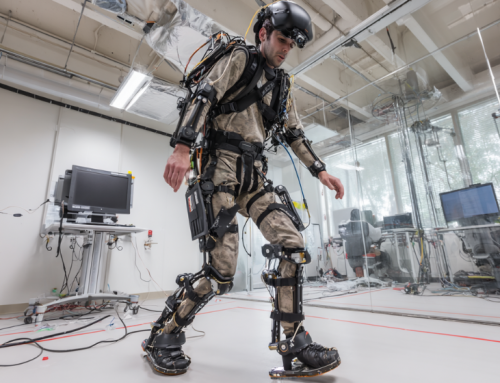
The shape of a severe storm helps to predict whether it produces hail and the size of hailstones. National Center for Atmospheric Research (NCAR) scientists are processing images with machine learning to improve hail forecasts. (Credit: Carlye Calvin)
Machine Learning Model Analyzes Data from Storms to Predict Hail
Facial Recognition software has made the news by being restricted and even banned in some municipal areas. Now a version of that type of software is making headlines within the American meteorological community.
Instead of zeroing in on the features of an individual face, scientists from the National Center for Atmospheric Research (NCAR) trained a deep learning model called a convolutional neural network to recognize features of individual storms that affect the formation of hail and how large the hailstones will be, both of which are notoriously difficult to predict. The research is being funding by the National Science Foundation (NSF). The University Corporation for Atmospheric Research manages NCAR for the NSF.
“Hail – particularly large hail – can have significant economic impacts on agriculture and property,” said Nick Anderson, an NSF program officer. “Using these deep learning tools in unique ways will provide additional insight into the conditions that favor large hail, improving model predictions. This is a creative, and very useful, merger of scientific disciplines.”
An article from news.ucar.ed published in the journal Monthly Weather Review: “This research builds on NCAR’s David John Gagne’s previous work using a different kind of machine learning model – known as a random forest – to improve hail prediction. Instead of analyzing images, random forest models ask a series of questions, much like a flowchart, which are designed to determine the probability of hail. These questions might include whether the dew point, temperatures, or winds are above or below a certain threshold. Each “tree” in the model asks slight variants on the questions to come to an independent answer. Those answers are then averaged over the entire “forest,” giving a prediction that’s more reliable than any individual tree.
Using neural networks to predict the weather is an example of how AI could change the world for the better, even if it’s one hailstone at a time.
Weather forecasting has come a long way over the past 20 years, particularly when it come to predicting the power of hurricanes. But could using AI help improve meteorologists ability to predict future weather patterns? Considering concerns about climate change, the assistance that AI is providing could be critical.
In an article from interestingengineering.com, companies report investing heavily in weather prediction. IBM, for example, recently purchased The Weather Company and combined its data with in-house AI development⏤the supercomputer Watson. This is just the beginning when it comes to how AI will develop more accurate and consistent weather forecasting.
read more at interestingengineering.com







Leave A Comment